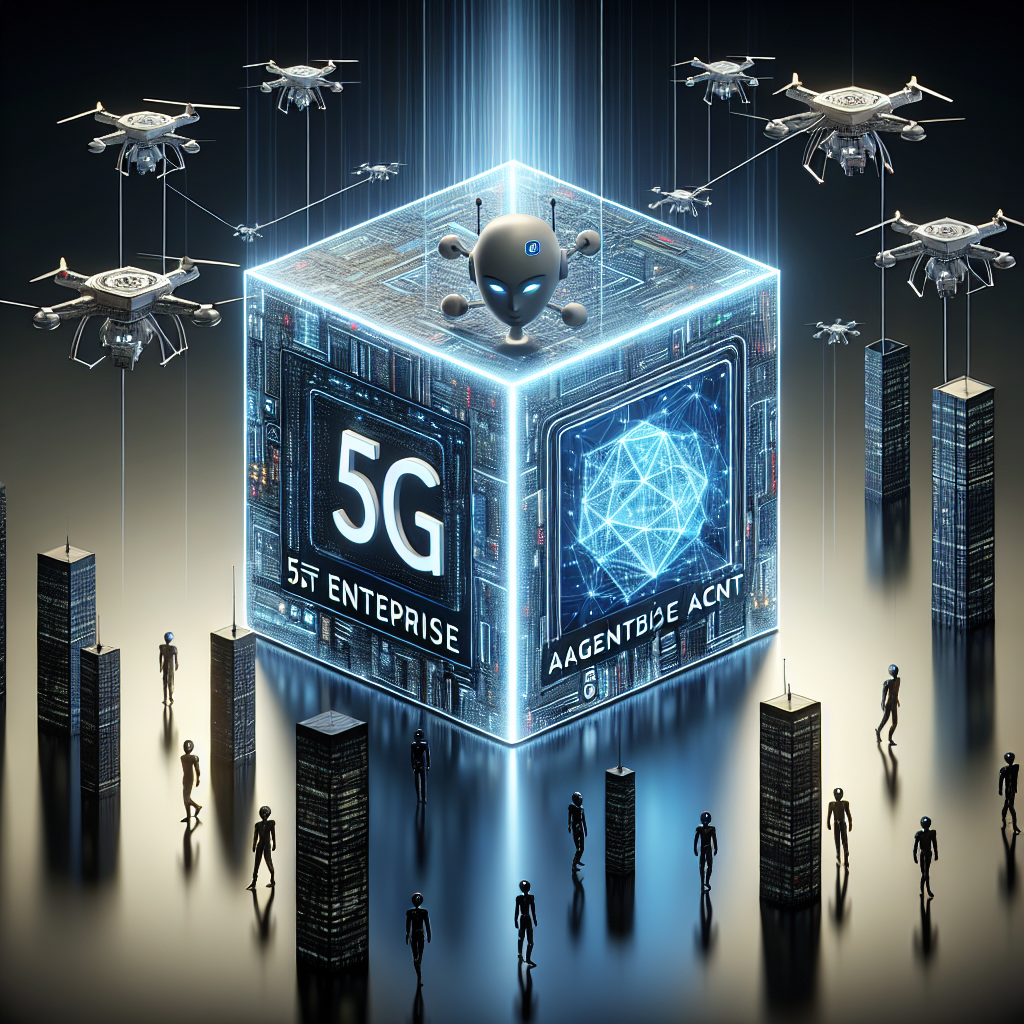
The telecommunications industry is undergoing a seismic shift, and at the forefront of this revolution is Ericsson, a legendary player in the networking space. Announcing a groundbreaking development, Ericsson has integrated agentic AI into its private 5G technology, a feat that signifies a major leap forward in enterprise networking. This ambitious initiative aims to simplify the deployment and management of private networks, addressing long-standing barriers to their adoption.
Scheduled for availability in the fourth quarter of 2025, the integration leverages the NetCloud platform to deliver a range of benefits to enterprise 5G customers. These enhancements include AI features, real-time feature activation, simplified lifecycle management, and greater agility across multisite deployments. Furthermore, enhanced administrative controls, with distinct roles and permissions for users, will empower organizations to manage their private networks more effectively.
What makes this integration particularly noteworthy is its focus on the challenges enterprises face when adopting private 5G networks for mission-critical connectivity. Ericsson’s agentic AI capabilities are set to reduce friction in operations, enabling businesses to fully leverage the potential of 5G technology. By evolving NetCloud to manage both wireless WAN and private 5G solutions, Ericsson envisions a scenario where scalability and efficiency are optimized.
Additionally, Ericsson’s intention to transform its generative AI-based NetCloud Assistant (ANA) into a strategic partner highlights the trajectory of AI technology in the enterprise sector. Initially launched in January 2025, ANA was the first generative AI solution tailored for enterprise Wireless WAN (WWAN) networks. In an impressive development, this upgraded version will now harness a team of AI agents, marking a significant evolution from a user-prompt driven tool to a collaborative partner capable of executing complex workflows and learning in real-time.
The capabilities of ANA are geared towards dramatically enhancing network reliability and user experiences while alleviating the workload for IT and operational technology (OT) teams. Utilizing large language models, ANA will now provide personalized responses to user queries by correlating insights from enterprise networks with a repository of technical documentation.
In terms of specific features, the new system promises an agentic organizational hierarchy, automated troubleshooting, multi-modal content generation, and expanded AIOps insights. Most notably, ANA’s automated troubleshooting orchestrator is expected to include workflows that proactively address key issues identified by support teams and customers, such as offline devices and subpar signal quality. This feature is projected to launch by the end of 2025 and aims to reduce downtime and customer support cases by over 20%.
The implications of this development are profound: as enterprises look to adopt private 5G networks amidst growing demand for reliable connectivity solutions, Ericsson’s agentic AI capability could be a game changer. By empowering businesses to extend their capabilities, Ericsson is not only enhancing its own service offerings but also enabling enterprises to rethink their operational strategies in light of advanced digital infrastructure.
With plans to make these innovations accessible in the near future, Ericsson is well-positioned to lead the charge in transforming enterprise networking as we know it. Businesses can expect a higher level of efficiency, scalability, and responsiveness, directly impacting their bottom line as private 5G technology becomes increasingly indispensable.

Leave a Reply